PORT-AU-PRINCE, Haiti – Heavy rains from the outer bands of Hurricane Matthew drenched Jamaica and Haiti on Monday, flooding streets and sending many people to emergency shelters as the Category 4 storm approached the two countries. Two deaths were reported in Haiti, bringing the total for the storm to at least four.
Matthew had sustained winds of 140 mph as it moved north, up from 130 mph earlier in the day. The center was expected to pass just east of Jamaica and near or over the southwestern tip of Haiti early Tuesday before heading to eastern Cuba, the U.S. National Hurricane Center in Miami said.
"We are looking at a dangerous hurricane that is heading into the vicinity of western Haiti and eastern Cuba," said Richard Pasch, a senior hurricane specialist with the center. "People who are impacted by things like flooding and mudslides hopefully would get out and relocate because that's where we have seen loss of life in the past."
Many were taking that advice. In Jamaica, more than 700 people packed shelters in the eastern parish of St. Thomas and the Salvation Army said there were about 200 people at its shelters in Kingston as it put out a call for mattresses and cots.
Still, many people chose to stick it out. Local Government Minister Desmond McKenzie said all but four residents of the Port Royal area near the Kingston airport refused to board buses and evacuate.
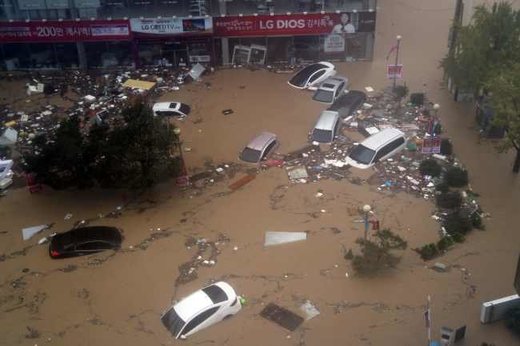
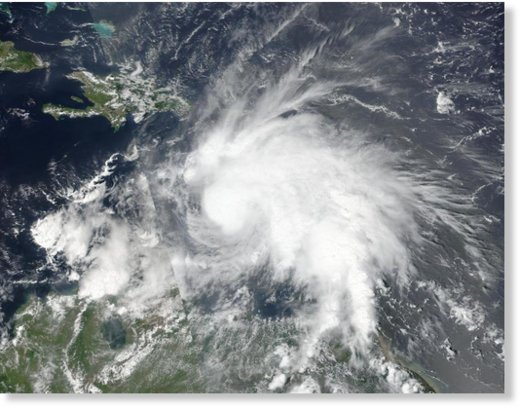
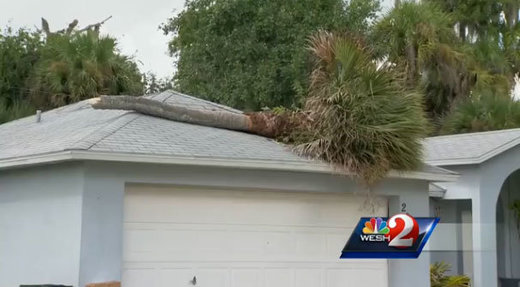






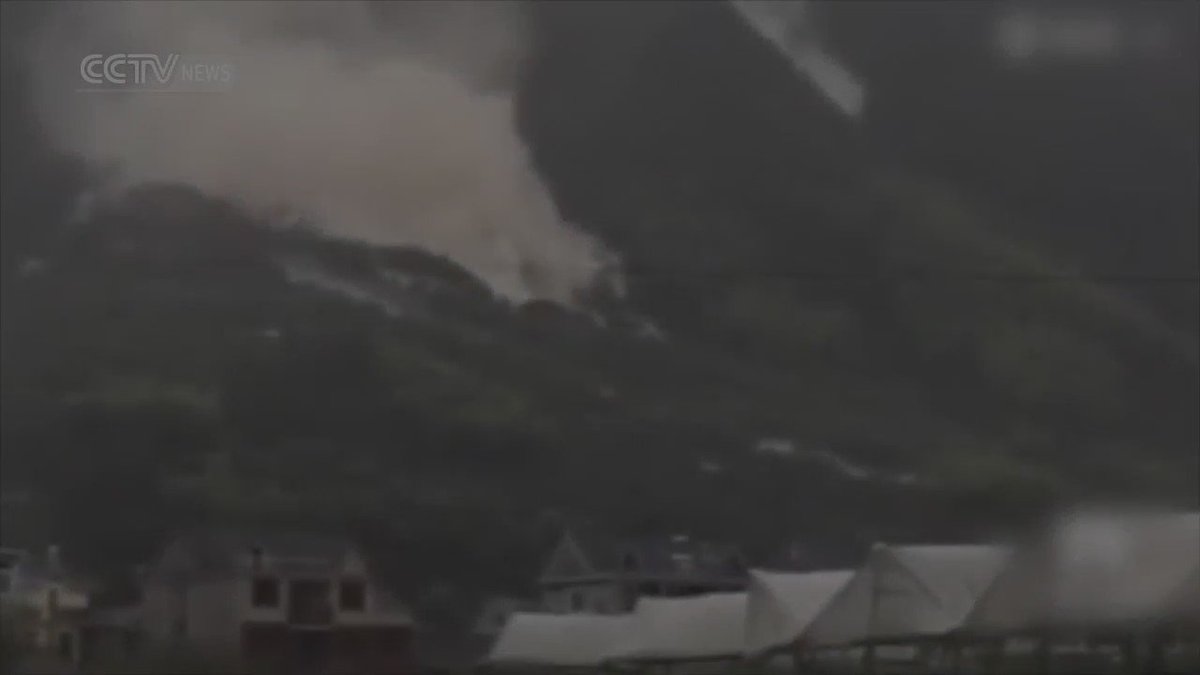


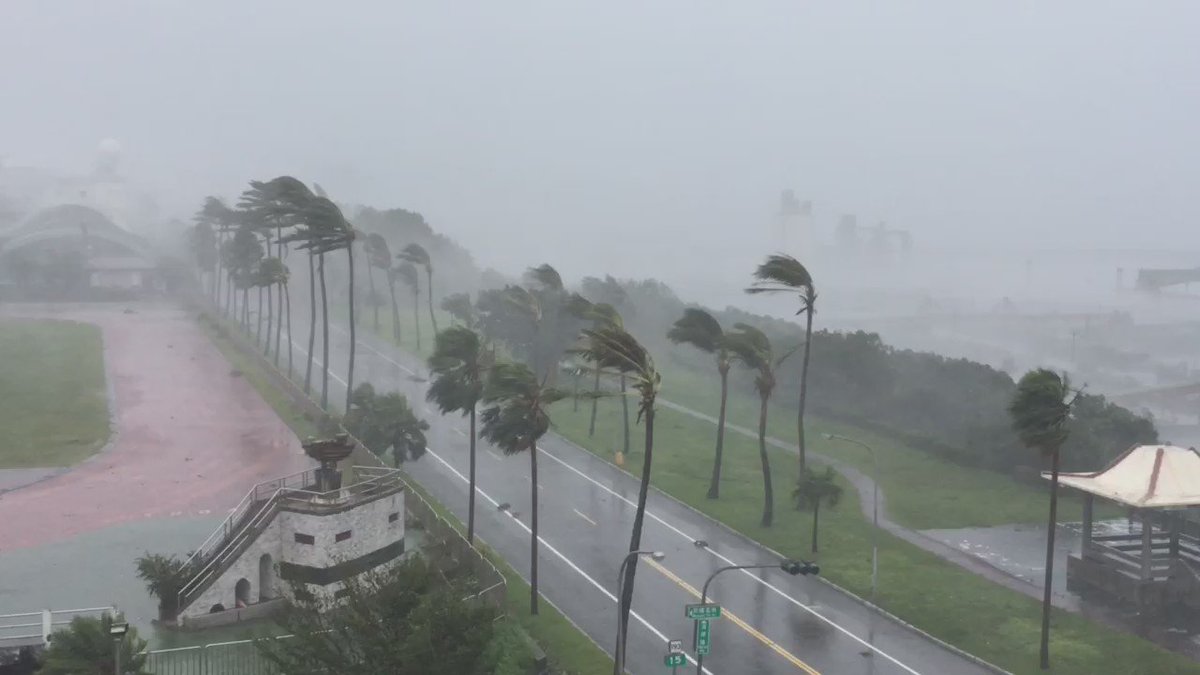

You need to be a member of Earth Changes and the Pole Shift to add comments!
Join Earth Changes and the Pole Shift